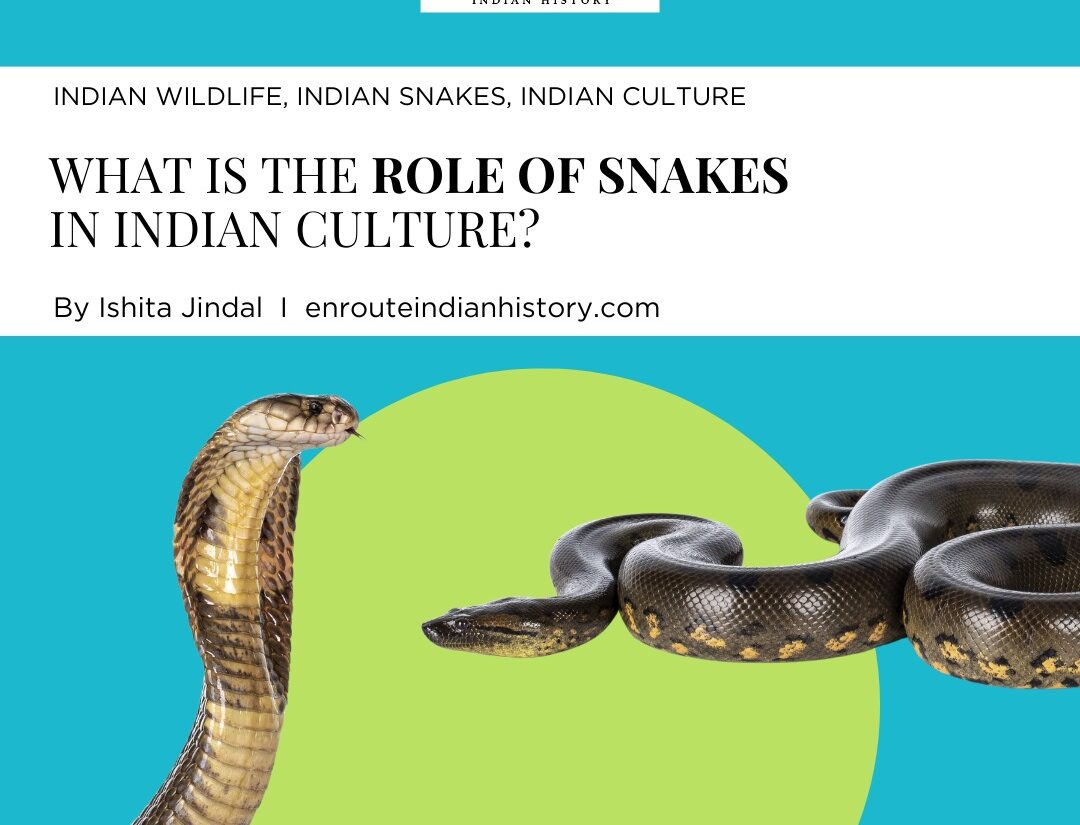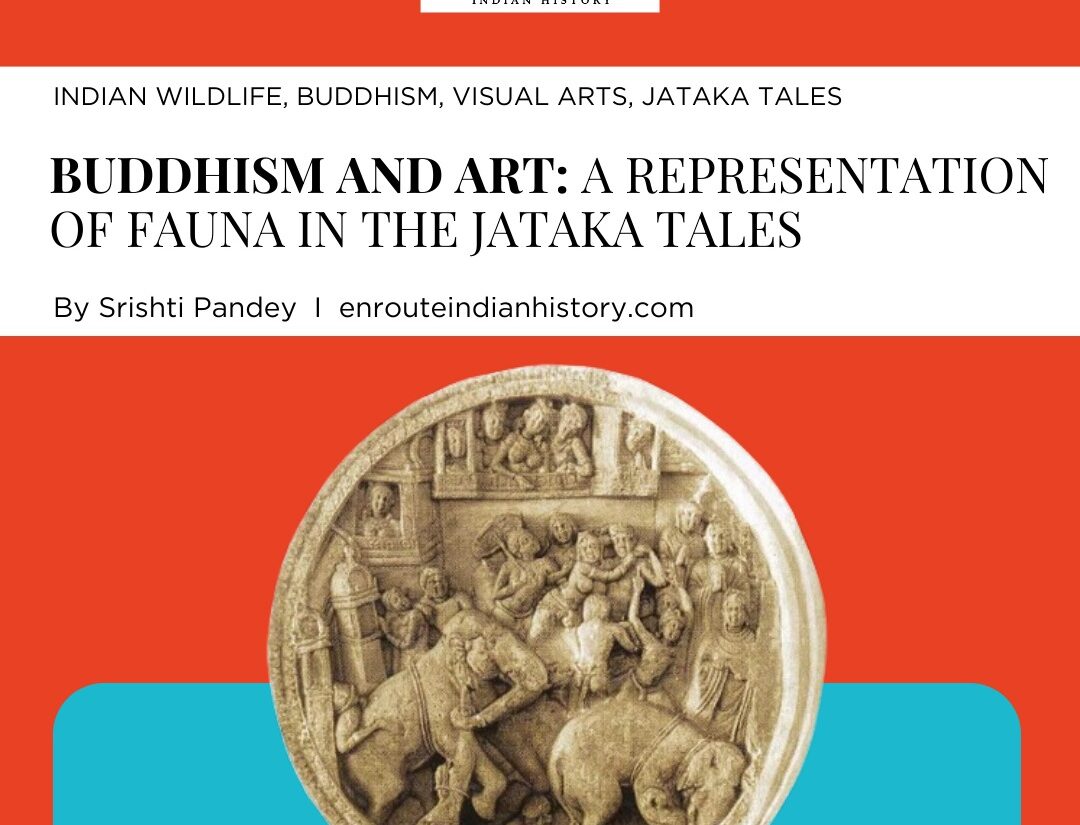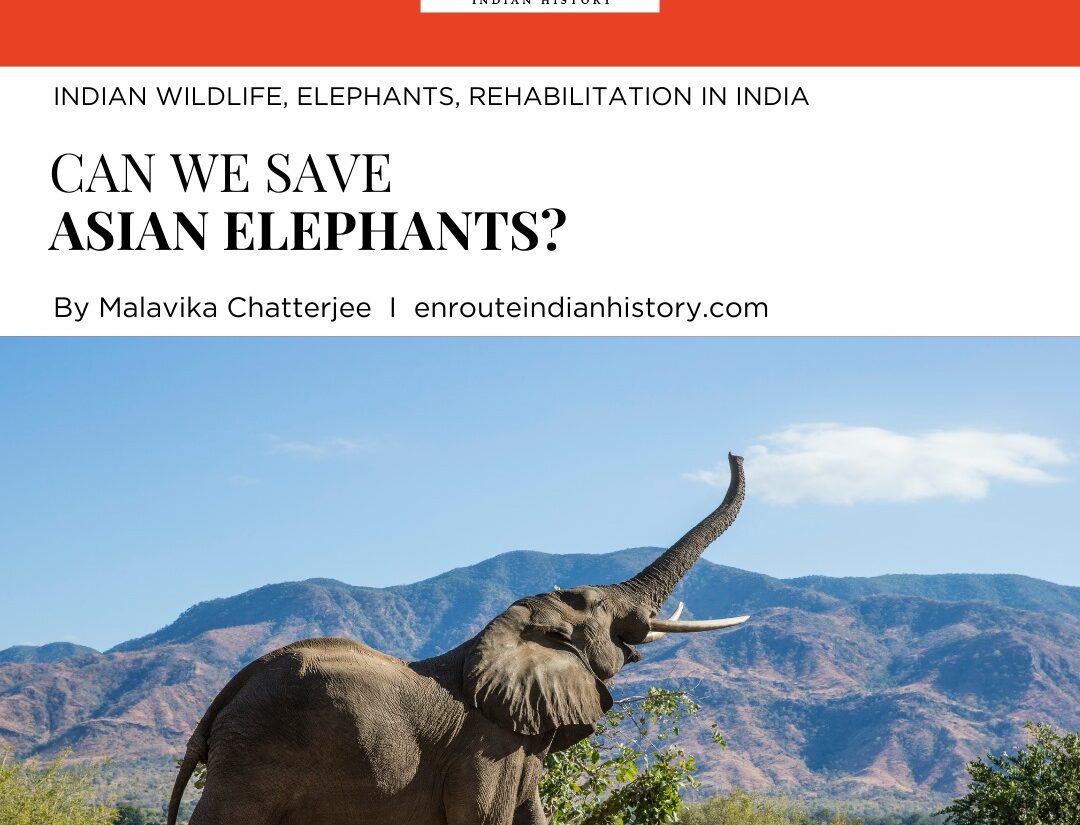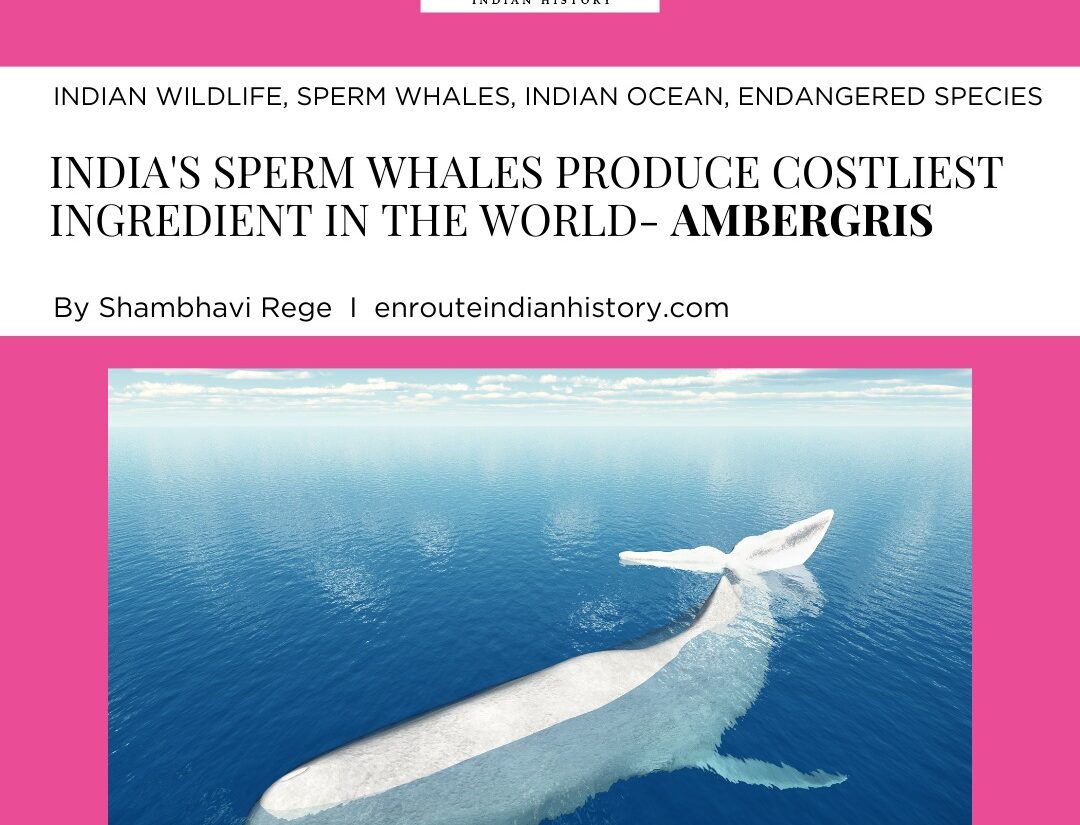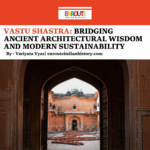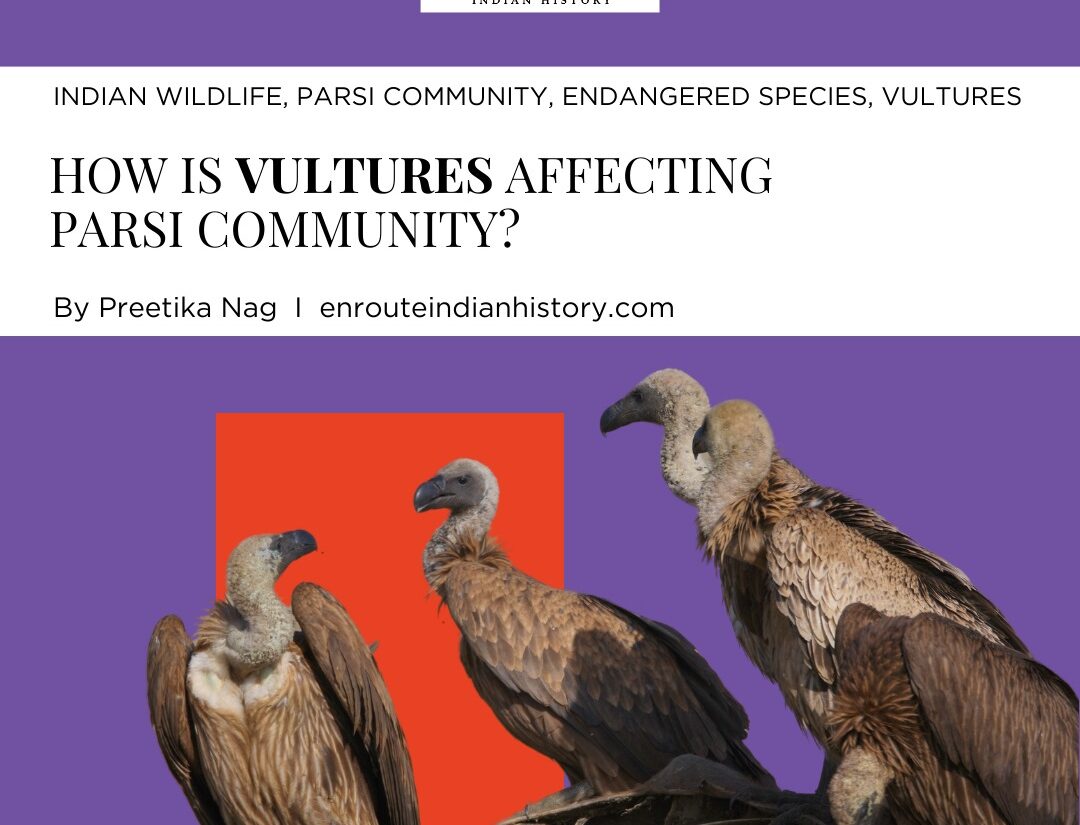
In India Wildlife and culture, Vultures have always held a significant place. In Hindu mythology, the character of Jatayu in Ramayana who died valiantly trying to save Sita from the clutches of evil Ravana is highly revered by Hindus around the world. Otherwise associated with the omen of death due to their scavenger diet Vultures have always been a key part of the food chain in Indian wildlife and maintaining the ecological balance by eating off the dead carcasses. In the same vein, there is a very unique relationship between the Parsi community of India and the vultures of Indian wildlife, wherein those who have died in the community are taken to the ‘Dokhma’ or ‘Tower of Silence’ where these vultures then take up the job of scavenging the dead. There is even mention of this practice in Herodotus’s ‘The Histories’ dated to 450 BCE ancient Greece. However, as of recent years, the numbers of vultures across India have dwindled, more so due to the catastrophic effects of a substance found in animal painkillers that have had consequent effects on the practice of this small, ethnocentric community now mainly found in Bombay and Gujarat.

(Fig.1. Indian Vulture (Indian Long-Billed Vulture))
(Source: https://ebird.org/species/indvul1?siteLanguage=en_IN)
THE PARSI COMMUNITY AND THEIR CREMATORIAL BELIEFS
The Parsis follow the Zoroastrian Religion on the percepts of Saint Zarathustra known for Fire Worshipping and their distinctive scavenger-based funeral practices. The term Parsi is a derivative of Farsi which is linguistically associated with their Iranian Heritage. They were basically a trading community in the western coastal areas of the sub-continent. Over many centuries, the Parsi community has gathered ground in the Indian diaspora that has given us many famous names from all walks of life such as Ratan Tata, Homie J. Bhabha, Field Marshal Sam Manekshaw, Dadabhai Naoriji, Pherozshah Mehta, Boman Irani, John Abraham, etc. The cornerstone of these Parsis is their ethnocentrism and upholding of their unique belief systems that they’ve carried with them since their exodus from Central Asia to India in the early medieval and medieval periods.

(Fig.2. A Typical Parsi Family in Traditional Setup)
(Source: https://www.thevoiceoffashion.com/fabric-of-india/features/in-defence-of-a-designer-navjote-5402)
The Parsis strongly believe in the notion of purity and pollution, which is extremely relevant to their beliefs about death. For them, cleanliness equates to Godliness, and thus, avoiding pollution after someone’s passed away caused by a force called Ahriman is of utmost priority. Their funerary practice known as geh sarnu, is an egalitarian practice that instructs the pall-bearers to lay down dead on the roof of the dokhma to be eventually consumed by the scavenging vultures while prayers and ceremonies for the departed soul continue for the next few days according to prescriptions of the religion. This practice, famously known as the ‘sky burial’ is rooted in the belief that any other form of decomposition of the dead bodies is polluting in nature, whether it is burials or burning of the pyre, and can lead to diseases and other forms of ecological imbalances. This scriptural and religious thought process that holds fire, earth, and water as pious, has also become a very economical method for the Parsi community to take care of the deceased while upholding the religious dogmas. Thus, their death rituals are deeply rooted in the maintenance of ecological balance and remembering an individual through memories and not by any form of physical memorial.

(Fig.3. The Tower Of Silence/ Dokhma)
(SOURCE: https://www.goldentriangletour.com/en/tourist-attractions/india/maharashtra/mumbai/tower-of-silence.html)
THE DWINDLING CASE OF THE VULTURES
In the Indian ecosystem, there are 9 recognized species of vultures that act as keystone species in maintaining the ecological balance across the food chain. India. Over the past three decades, the vulture population in India has declined by 99.9%, and the most critically endangered as per the World Conservation Union are the Oriental white-backed (gyps bengalensis), long-billed (gyps indicus), slender billed (gyps tenuirostris), and the red-headed (sarcogyps calvus) species. Vultures as scavengers are important for the environment as they clean up the flesh of animals that have died, domesticated and/or wild, that can otherwise cause diseases in three major elements- soil, water, and air- leading to massive medical issues in both humans and animals.
One of the key roles that the vultures play is in the management of dead carcasses of cattle in India which helps avoid unmanageable crises of the agricultural sector. Their stomachs have strong acids that can digest complicated bacteria and entirely remove them from the ecosystem. The decline of the vultures in India, interestingly, is centrally located in their consumption of these dead cattle carcasses. The alarming decline of the vulture population in India has been associated with a human/veterinary Non-Steroidal Anti-Inflammatory Drug (NSAID), mainly Diclofenac that was fed to the cattle to build up their endurance to pain to make them work more. However, by 2003 the unfortunate side-effects of the drug in the cattle were discovered by many scientists via research on the declining vulture population.

(Fig.4. Vultures Scavenging On a Cattle Carcass)
(SOURCE: https://www.downtoearth.org.in/news/wildlife-biodiversity/drug-debacle-diclofenac-was-not-the-last-threat-for-india-s-vultures-82075)
The basic plot line the scientists and researchers constructed was that the cattle were fed this harmful drug when they worked the fields. As they died and their carcasses were scavenged by vultures these drugs present in their tissues as the flesh decomposed passed onto the birds’ systems and then affected their health adversely. Upon this discovery an Action Plan for Vulture Conservation in 2006 was launched by the Ministry of Environment and Forest to protect these keystone species, as well as the drug was eventually banned in India for animal use in 2008 by the Ministry of Health; but it still continues to be used illegally in some parts of the country.
THE ENDANGERED AFFAIR
In light of the recent discoveries, apart from adverse effects on and of cattle carcass management, a socio-cultural impact of the decline of vultures has been on the Parsi community’s management of the dead as well. As mentioned above, the Parsis follow the scavenging of the dead bodies by vultures on the ‘Dokhma’ for pure and proper disposal without any polluting consequences on the environment. The recent decline in the vulture population has been of grave concern for this community which is threatened to look for alternative practices within their religious parameters.
The main effect can be witnessed on the Parsis of Bombay who followed this practice religiously for centuries and are now supposed to adapt to this ecological issue that very personally affects their small community. Despite the decline of the vultures, the bodies of the deceased are left at the top of the tower to decompose as per the religious percepts. Due to this, the bodies are piling up and causing an array of issues within the community and even outsiders with issues of smell around the dokhma area in the Malabar Hills in Bombay.
Meera Subramanian, an award-winning journalist, in her essays – ‘The Crisis for the Faithful’ (2010) and ‘India’s Vanishing Vultures’ (2015) – reported on the effects of declining vulture populations on the Parsi community and Indian wildlife. In the case of the Parsis, she reported that many individuals from within the community have advocated for adaptation, however many traditionalists fail to grasp the severity of the issue in hopes of continuing their dogmas. The Bombay Parsi Panchayat, the elected religious heads of the community, have slowly tried to adopt alternate methods to grapple with this issue, but in vain. She also notes how this ecological mess can cause blunders of employment within the community for those associated mainly with funerary practices. She has also mentioned intra-community activist Dhan Bharai, who due to personal experience with this problem raised a voice against many naysayers. There are also concerns from within and outside the community regarding the condition of the corpses and their foul consequences.

(Fig.5. Meera Subramanian)
(SOURCE: https://meerasub.org/bio/)
RECENT DEVELOPMENTS
Recently, many individuals as well as the government of India have taken up the matter of disappearing and critically endangered vultures seriously. Subramanian has also mentioned the works of Vibhu Prakash who leads the team at Jatayu Vulture Conservation Breeding Center, Pinjore, who has over 200 vultures to protect these keystone species since 2004. The ‘Vulture Restaurant’ is an NGO that works in collaboration with the government to ensure specific areas are providing ‘clean’ carcasses for the vultures to feed on near national parks and sanctuaries. More recently, the government has launched the Action Plan for Vulture Conservation 2020-2025 to tackle the issue more vigorously by regulating the NSAIDs and setting up more conservational establishments for vultures across India. The Bombay Natural History Society is also a part of the international cause ‘SAVE’ – Saving Asian Vultures from Extinction- along with other global programs to tackle the issue head-on. In recent testing, one NSAID-Meloxicam- is found to be safe for both cattle and vultures.

(FIG.6. Jatayu Vulture Conservation Breeding Center, Pinjore)
(SOURCE: https://mytrip.guide/vulture-conservation-and-breeding-centre-pinjore/)
This proves though that the issue of the declining vultures is not an isolated ecological balance issue, but has severe socio-cultural and even economic price. As nature’s scavenger falls prey to man-made obstacles, the cycle of nature can be impeded beyond repair. For the Parsis, many argue internally and externally that it is time for change and adaptation, but leaving behind the tradition and finding religiously appropriate alternatives is still a challenge. Recent, awareness and activism have been key factors in helping the cause, although there is a long way to go before any substantial change.
REFERENCES (Academic and Online):
- Kersey, A.H. “A Guide to Funeral Ceremonies and Prayers.” (www.avesta.org/antia/a_guide_to_funeral_ceremonies_and_prayers.pdf&tbm=ilp&sa=X&ved=2ahUKEwjt1aaft8aEAxUJRWcHHXZ5DLIQv5AHegQIABAC)
- Modi, J.J. “The Religious Ceremonies and Customs of the Parsees.” Jehangir B. Karani’s Sons Publishing. Bombay. 1937.
- Subraminian, M. “Crisis for the Faithful.” Wall Street Journal. 2010.
- https://timesofindia.indiatimes.com/india/why-parsis-decided-to-change-how-they-want-to-be-buried/articleshow/56418306.cms
- https://www.aljazeera.com/features/2015/4/7/without-vultures-fate-of-parsi-sky-burials-uncertain
- https://www.theguardian.com/cities/2015/jan/26/death-city-lack-vultures-threatens-mumbai-towers-of-silence
- https://www.indiabirdwatching.com/vultures-of-india
- https://www.heritageinstitute.com/zoroastrianism/death/page2.htm
- https://learncheme.com/wp-content/uploads/Prausnitz/OldandNewChemicalProcesses/DisappearanceParsiRitual.pdf
- https://save-vultures.org/wp-content/uploads/2020/02/Vulture-policy-brief-India-Feb-20-updated-3.pdf
- March 1, 2024
- 11 Min Read
- March 1, 2024
- 8 Min Read

